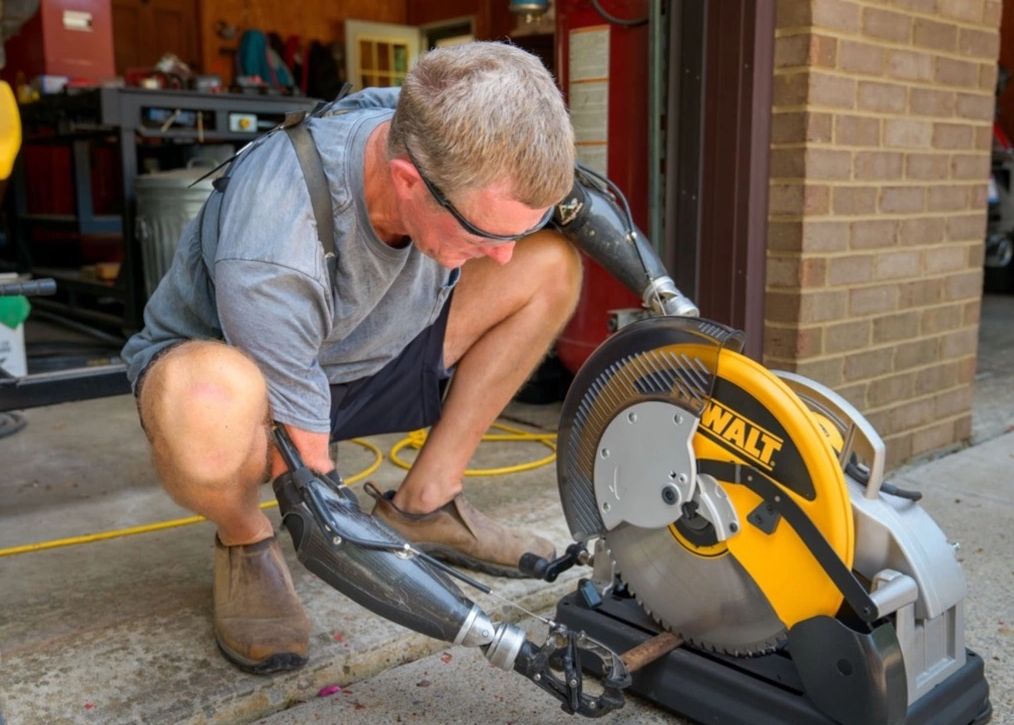Enhancing Prosthetic Training: Insights from Recent Research
Share

At Marins Med, we are dedicated to advancing prosthetic technology and training methodologies to improve the lives of individuals with upper-limb amputations. A recent study, "Learning to use a body-powered prosthesis: changes in functionality and kinematics" by Laura H. B. Huinink and colleagues, offers valuable insights into the learning processes of body-powered prosthesis users. Here, we summarize the key findings and discuss their implications for prosthetic training programs.
Understanding the Study
Background: Body-powered prostheses, which are controlled via a harness and cable, provide limited proprioceptive feedback. Despite their widespread use, these prostheses have high rejection rates, often due to discomfort, unattractive appearance, and inadequate training. This study explores how training on basic tasks transfers to functional tasks and examines changes in kinematics over time.
Methods: The research involved 30 able-bodied participants using a body-powered prosthetic simulator and 17 controls. Participants were divided into four training groups: direct grasping, indirect grasping, fixation, and a combination of these tasks. The Southampton Hand Assessment Procedure (SHAP) was used to measure functional performance before and after training, and at 2 weeks and 3 months retention. Kinematic variables and grip force control were also assessed.
Key Findings
-
Functional Performance:
- All groups, including controls, improved on the SHAP over time, indicating positive training effects.
- The type of training had a minor but significant impact on SHAP score improvements. The direct grasping group showed the largest improvement.
- Interestingly, the control group also improved, suggesting that merely handling the prosthesis enhances performance.
-
Kinematic Changes:
- Movement times decreased, and hook closing velocities increased over training sessions, indicating better control and efficiency.
- The indirect grasping group had shorter plateau times, likely due to additional proprioceptive feedback from the sound hand.
- Compression and force control showed minimal changes, highlighting the challenge of precise force application with body-powered prostheses.
-
Grip Force Control:
- While improvements in grip force control were minimal, this aspect remains crucial for effective prosthetic use and requires further research and training.
Implications for Prosthetic Training
The study emphasizes the importance of structured training programs for body-powered prostheses. Based on the findings, we recommend:
- Starting with Indirect Grasping Tasks: Incorporating indirect grasping tasks early in the training process can leverage additional proprioceptive feedback from the sound hand, aiding users in developing better control.
- Practicing Hook-Object Orientations: Training should include varied hook-object orientations to familiarize users with different tasks they might encounter in daily life.
- Focusing on Grip Force Control: Although challenging, improving grip force control is essential. Future research should explore augmented feedback methods to enhance this aspect of training.
Future Directions
While this study provides valuable insights, it also highlights areas needing further exploration. For instance, understanding the impact of different prosthetic designs and their influence on learning and performance can inform the development of more effective prostheses. Additionally, integrating advanced feedback mechanisms could significantly enhance training outcomes.
Conclusion
At Marins Med, we strive to stay at the forefront of prosthetic innovation. This study underscores the importance of targeted training programs and offers practical recommendations to improve the functional performance of body-powered prosthesis users. By implementing these insights, we can better support individuals in achieving greater independence and quality of life with their prosthetic devices.
For more information on our prosthetic solutions, visit Marins Med.
Sources:
- Huinink, L. H. B., Bouwsema, H., Plettenburg, D. H., van der Sluis, C. K., & Bongers, R. M. (Year). Learning to use a body-powered prosthesis: changes in functionality and kinematics. [Journal/Conference].
